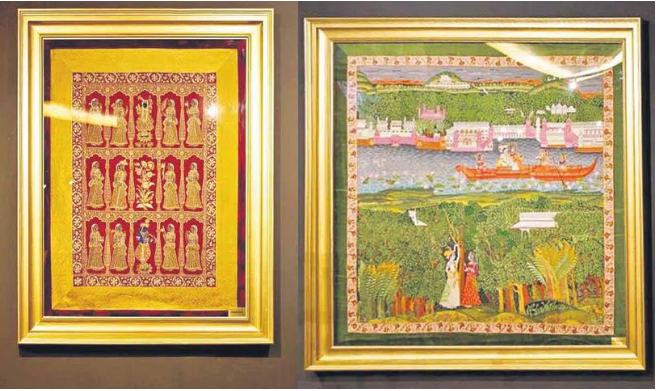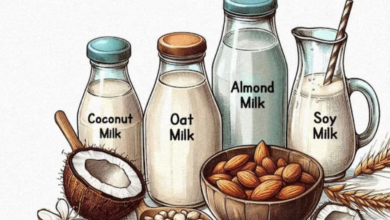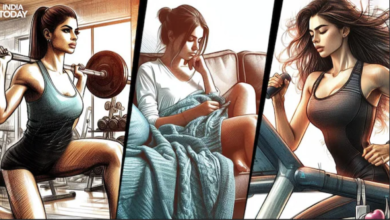Threads of the divine

Hyderabad: Like many art forms that are on the verge of dying, Pichwai paintings too face an uncertain future. Pichwai originates from the Sanskrit pich (behind) and wai (hanging). It’s a traditional art form that emerged in the 17th century at the Nathdwara temple in Udaipur, Rajasthan, and is dedicated to Lord Shrinath. The 400-year-old Pichwai paintings celebrate the different moods and expressions of Lord Krishna.
Varanasi-based textile brand, Shanti Banaras, which is known for its exquisite brocade saris and lehengas, is now re-introducing the world to the motifs of Pichwais through painstakingly handcrafted embroidered tapestries.
“The concept of Pichwai was chosen as my family is a firm believer in Lord Shrinath or Shrinathji. We decided to give a ‘Shanti’ spin to them. The uniqueness lies in the intricate and detailed embroidery. We are attempting to do our bit to empower the weaver community in India,” says Khushi Shah, the brand’s creative director who is spearheading the initiative.
Since the family already worked with large clusters of weavers over generations, getting them to come onboard was easy. “It takes some 60 hours to hand-embroider 100 colours of ‘resham’ (silk threads) on a handwoven fabric. What you will see often in the works are motifs like lotuses, cows, peacocks, sakhis and trees,” shares Khushi.
The very first piece they created was a labour of nine to 10 months. “The design team decided on the theme of the piece. The sketch is then made on a graph and the team figures out the matching colours. The piece is then stretched out on ‘khaka’ (drawing the design on paper) for embroidery. That can take two to three months since it is created by two to three craftspersons. They can embroider only half-a-metre of the design in one day. It has to be very meticulous,” adds Khushi.
The price of the art works ranges from Rs 3 lakh onwards depending upon the size. The art works are available online.







